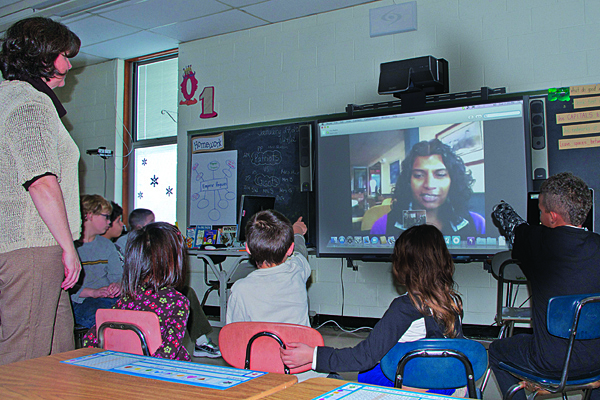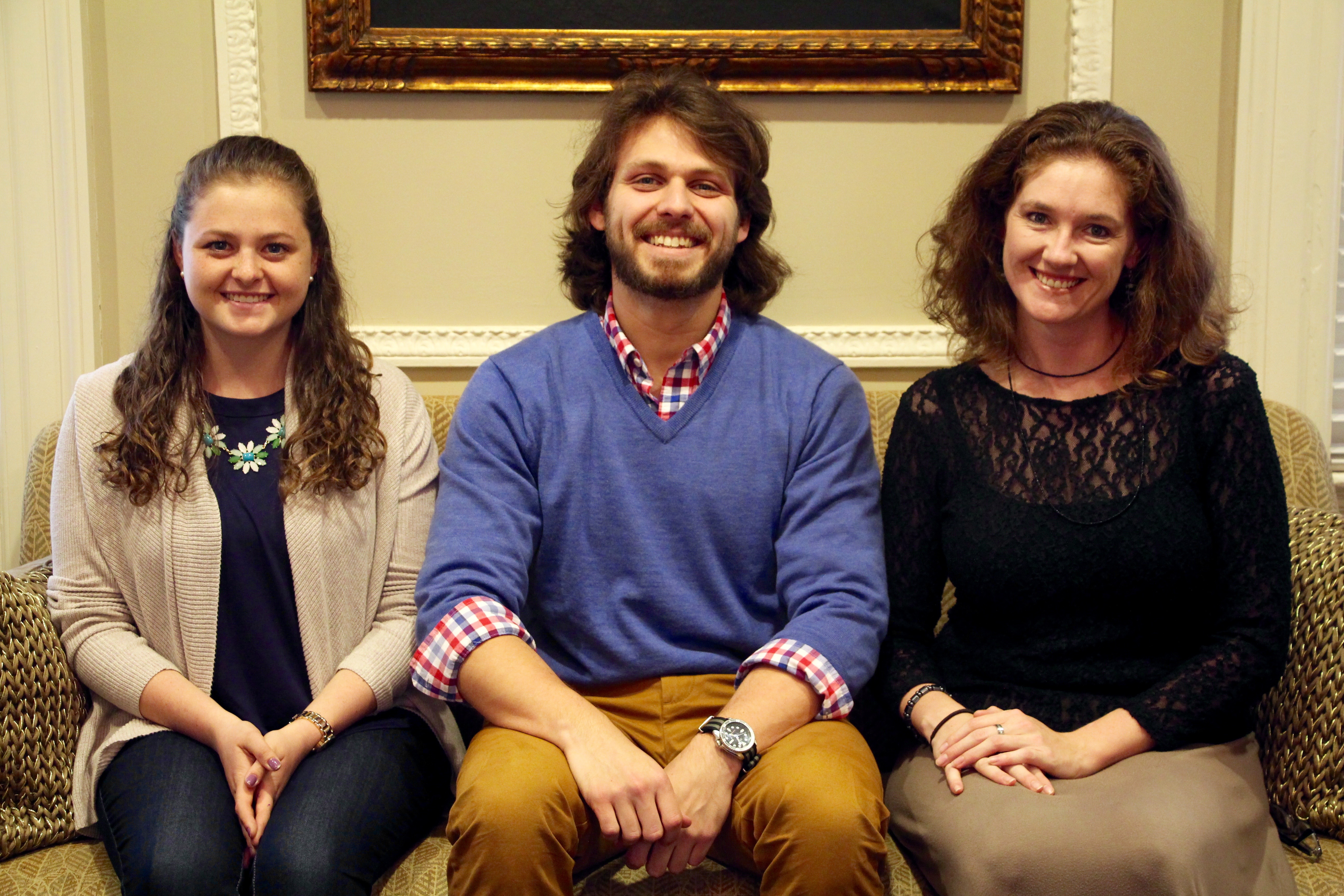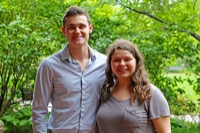
Role model
UD graduate student in Antarctica mentors 'little brother' in Lewes
12:55 p.m., Jan. 26, 2012--Mrinalini Nikrad enjoys taking fourth-grader Pedro Powell on outings as a mentor through the Big Brothers Big Sisters program. Together they have gone to the library, the beach and Grotto Pizza.
One place she could not take him with her, however, was Antarctica.
Global Stories
Fulbright awards
Peace Corps plans
The third-year doctoral student in the University of Delaware's College of Earth, Ocean, and Environment departed for the icy continent in December to research microbes’ roles in carbon cycling. She keeps in touch via email, and this week she made a special Skype video call from Antarctica to the boy’s classroom at Shields Elementary School in Lewes, Del.
“I wanted the students to be able to have a more global experience than what they might normally have,” Nikrad said. “I hoped to expose them to another place – and other continents.”
She also hoped that their interaction would get Powell and his classmates excited about science. Judging by their reactions to her video tour of the research facility Palmer Station, she succeeded. Over the course of an hour, each student stepped to the classroom computer to ask a question of Nikrad, whose image was projected on a large interactive whiteboard. Their inquiries ranged from “How big are the elephant seals on the station?” to “What would happen if the Zodiac boat popped?”
The class was well-prepared. Each student had a question printed on an index card, books about Antarctica sat propped on shelves, and lists of relevant vocabulary words hung nearby. The students had also reviewed a blog Nikrad created for them about her research, with pictures of landscapes, wildlife and field equipment.
Teacher and UD alumna Lisa Bayko said the blog in particular helped the children feel connected to the Antarctic and stay focused during their conversation. When Nikrad directed her web camera at the laboratories, hallways and other areas of Palmer Station, the children recognized objects like the bright red Mustang suits scientists wear when boating in the bitter cold.
The video exchange helped provide perspective otherwise lost in photos. When Nikrad pointed out a glacier behind the station, she explained that the formation reached 400 feet in the air.
“Oh, it’s big,” Powell responded.
Nikrad journeys back to UD’s Hugh R. Sharp Campus in mid-February to continue her work with Matthew Cottrell, associate research scientist and David Kirchman, Maxwell P. and Mildred H. Harrington Professor of Marine Biosciences. She will continue her examination of how bacteria take in dissolved organic carbon from the ocean’s surface and emit carbon dioxide. Her broader interest focuses on microbial ecology in cold environments.
She also plans to travel to Shields Elementary to visit with her “little brother” and his classmates in person.
“I would love to show the kids videos rather than still pictures I have currently on the blog,” Nikrad said. “I think they are going to love them.”
Article by Teresa Messmore








